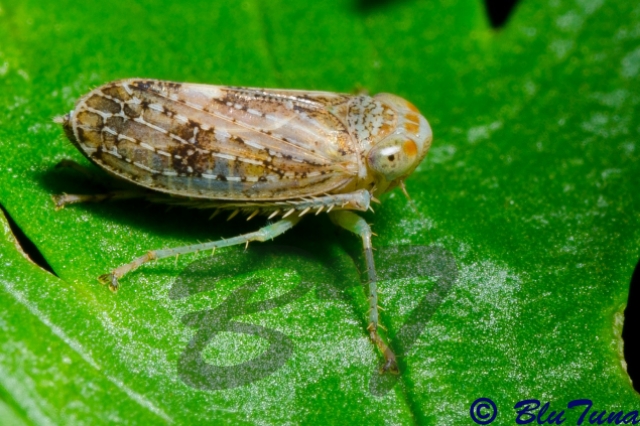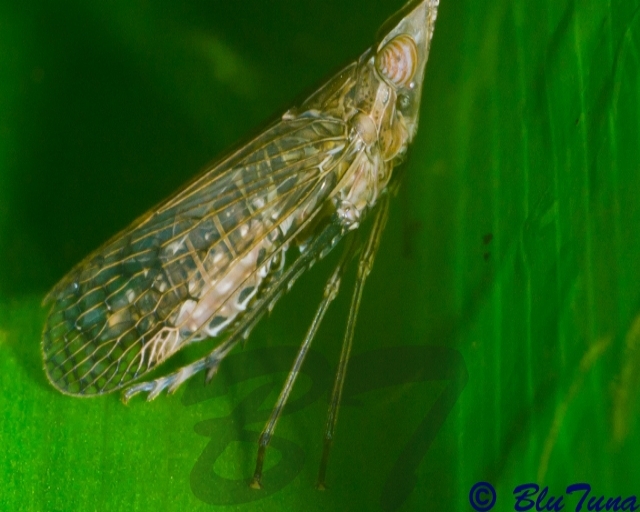Suborder: Auchenorrhyncha. Infraorder: Cicadomorpha. Superfamily: Membracoidea. Family: Cicadellidae
 © BluTuna
© BluTuna © BluTuna
© BluTuna © BluTuna
© BluTunaGarden in Johannesburg
Leafhoppers are sap-sucking insects, which feed on grass or shrubs and trees, and occasionally on both Monocotyledons and Dicotyledons. They are found throughout the temperate and tropical regions of the world. Some species have a cosmopolitan distribution, and some are pests or vectors of plant viruses and phytoplasmas. They have an incomplete metamorphosis and have various host associations varying from very wide to very narrow ranges.
All species have hind legs modified for jumping, and are covered with hairs that allow them to spread a secretion (brochosomes) over the body that acts as a water repellent and carrier of pheromones.



 © BluTuna
© BluTuna © BluTuna
© BluTuna © BluTuna
© BluTuna © BluTuna
© BluTuna
